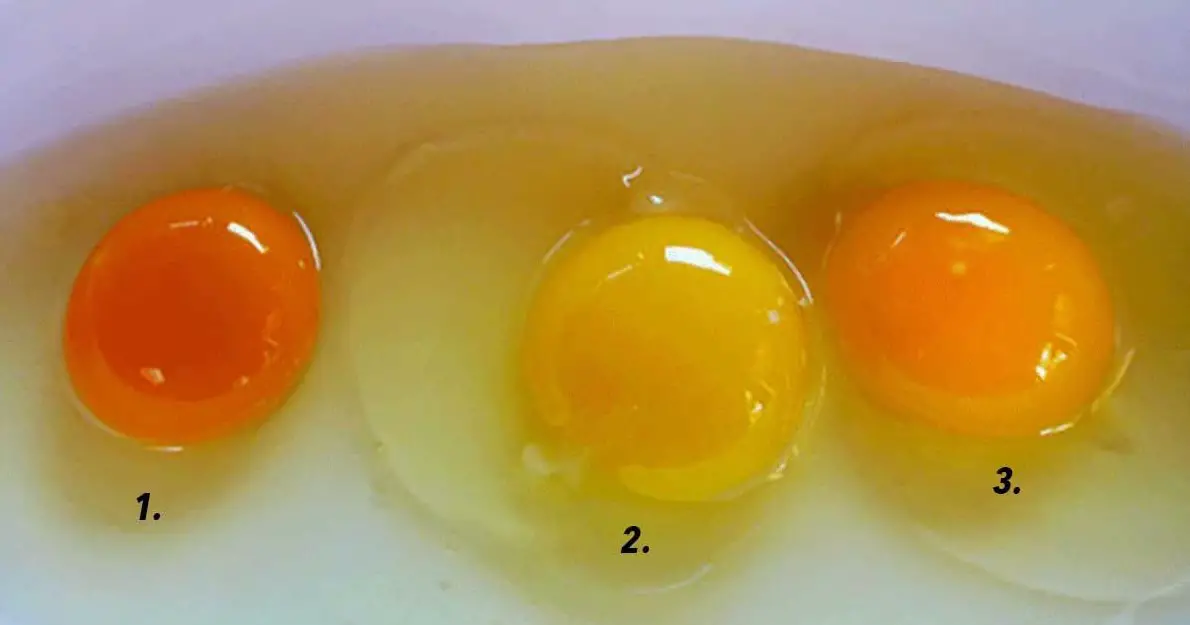What does the egg yolk’s color tell you about the chicken that laid it, do you? The color of an egg yolk can tell a lot about its owner. A pale yellow yolk indicates that the chicken was fed mostly grain, while a darker yolk signifies that the chicken had more access to insects. What can the yolk color tell you about its origin? Continue reading to learn more!
Pastured eggs
Pastured eggs contain the highest amount of nutrients. Although they are more expensive than regular eggs and have a better taste, pastured eggs contain more nutrients and more vitamins. Because pastured eggs are healthier, they also have better taste. Chickens who eat a variety of foods produce yolks with higher levels of antioxidants. Finally, raising chickens in pasture conditions increases their quality of life and reduces environmental impact from factory farming.
In other words, pastured eggs are the best choice if you’re looking for the most nutritious and delicious egg possible.
Caged eggs
Most people don’t realize that eggs purchased at the grocery store may be caged. Caged eggs are chickens who have been kept in tight spaces that restrict their ability to fly. This can lead to stress and frustration for the chickens, which can result in lower-quality eggs.
Avoid cage eggs and opt for eggs that are “free-range” (or organic). These eggs are made from chickens who have been allowed to roam and eat organic foods, which results in higher-quality eggs.
Free range eggs
Chickens allowed to roam free on the farm are eligible for free range eggs. Chickens are often allowed to roam freely in the outdoors and can hunt for food. The eggs are darker in color due to this. Eggshells that are harder and contain more minerals than eggs raised conventionally have a greater mineral content.
Organic eggs
Although organically raised chickens have access to the outside, they are restricted from roaming freely. They are restricted to a particular area free from pesticides or chemical fertilizers. The result is eggs that have a yellower yolk. Eggshells that are thinner and contain less minerals than traditionally raised eggs also have lower mineral contents.
Factory farm products vs free range eggs
GMO corn and soybeans are often fed to factory-farmed chickens. This results in eggs that have pale yellow yolks. Eggs with deep orange yolks are produced by free-range chickens.
The yolk color difference is more than cosmetic. The difference in yolk color is a reflection on the different nutrients contained in each egg type. The vitamin and mineral content of pale yellow yolks is lower than those from deep orange eggs. They may even contain arsenic, which can lead to their being toxic.
Next time you go to the grocery store, look out for eggs with dark orange yolks. These eggs may be more expensive, but the nutritional benefits are well worth it. You can also feel good about supporting humane farming practices when you choose free-range products.
Thank you for reading! I hope you found this information useful. Check out my other posts to find more information on healthy living and eating.














Leave a Reply